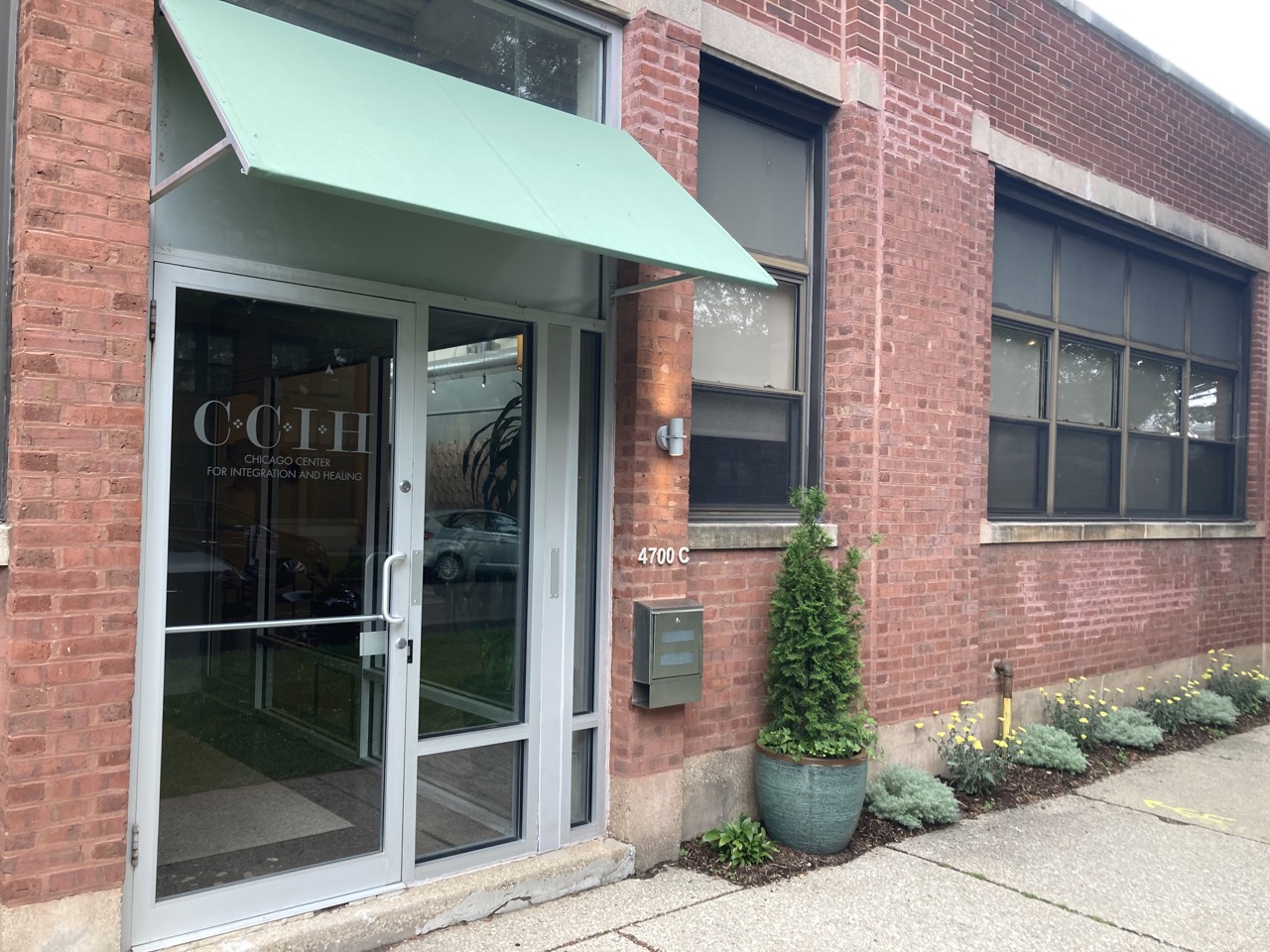Though it can seem like “Trauma-informed treatment” is a recent concept in the field of mental health, awareness of the impact of traumatic events has been present since the beginning of contemporary mainstream psychological thought.
In 1909, Pierre Janet wrote that traumas “produce their disintegrating effects in proportion to their intensity, duration and repetition”. In the same time period, Sigmund Freud began his work investigating the causes of hysteria and assumed that the suffering his patients described was “always about the seduction of the child by an adult.” But, when confronted with the reality of sexual abuse amongst the respectable families of Vienna, Freud recanted. Instead, he developed and promoted his theory of the oedipus complex, which includes the notion that children fantasize about having sex with their parents.
Though there is some evidence that Freud continued to believe that his young clients had been traumatized, the oedipus complex would remain a hugely influential idea as the field of psychology continued to develop. During my own psychodynamic training in the late 1980s, I learned nothing about Freud or Janet’s theories on trauma. But when I presented a case about a client who had experienced sexual abuse, my professor cautioned me to consider that what I was encountering may have only been my patient’s fantasy of having sex with her father.
Later in the 20th century, wars produced trauma on such a scale that it once again entered mainstream conversation. After WWI there was talk of “shell shock” and after WWII, “battle fatigue”. In the 1960’s and 70’s, Vietnam veterans returned home suffering horrific after-effects, which resulted in the addition of the Post Traumatic Stress Disorder diagnosis to the DSM in 1980.
In that same decade, it took the wisdom of Judith Herman, the publication of The Courage to Heal by Ellen Bass and Laura Davis, and work by sexual assault advocacy groups to bring awareness to gender-based violence that occurs in the home and the resulting trauma that more explicitly impacts women and children. More recently, the #metoo movement sparked conversations about the prevalence of sexual harassment and assault. The Black Lives Matter movement and the uprisings after the murder of George Floyd have raised the public discourse about racial trauma.
Despite all these conversations over the decades, current public discourse and the field of mental health still struggles to acknowledge the simple truth that trauma creates harm and harm creates suffering. There remains no diagnosis for complex and developmental trauma in the DSM, despite the prevalence of child abuse and a fervent advocacy effort by mental health practitioners for it to be included. Our field continually focuses on treating individuals and their symptoms, yet does not name and acknowledge the systems of oppression that cause harm to individuals’ nervous systems, relationships, and sense of safety on a daily basis.
As history has shown, we are often tempted to turn away from the impact of trauma.
As therapists treating trauma, it is essential that we challenge the biases in our field and actively hold present-centered awareness of its impact on multiple levels on individuals, communities and society.
References
Herman, J. (1992). Trauma and Recovery. Basic Books.









